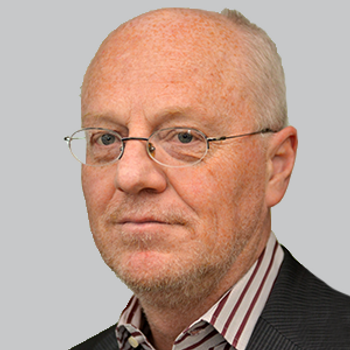
Patients across all dosing groups saw statistically significant and clinically relevant reductions in migraine days during the 12-week treatment period compared with the placebo group.

Patients across all dosing groups saw statistically significant and clinically relevant reductions in migraine days during the 12-week treatment period compared with the placebo group.
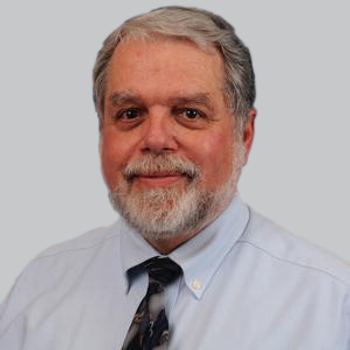
Enough evidence to support further evaluation in a phase 3 trial in myasthenia gravis has been collected from these new phase 2 data of zilucoplan, formerly known as RA101495 SC.
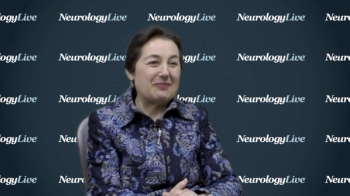
The director of Translational Research and Epilepsy Clinical Trials at NYU Langone spoke about the nuance involved in diagnosing epilepsy and the misconceptions about how seizures present in the majority of patients.
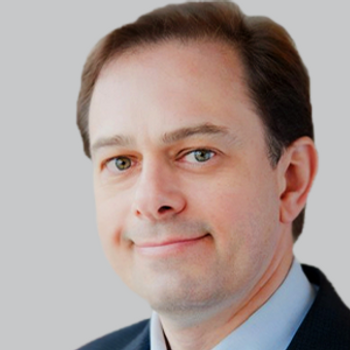
Compared to interferon beta-1a, the reduction of grey matter volume loss was greater in those treated with both doses of the oral S1P receptor modulator across all age groups, including the youngest patients at the highest risk for brain volume loss.
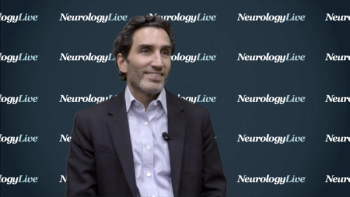
The director of Child and Adolescent Psychiatry at Mount Sinai Health System spoke about the results of the phase 2 study of OV101 (gaboxadol), and the next steps for the phase 3 trial.
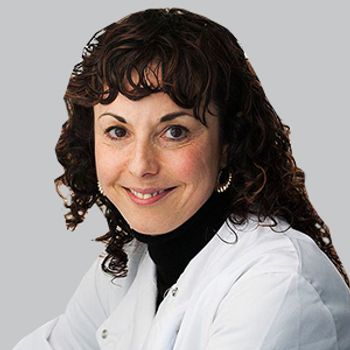
The investigators observed a dose-dependent reduction of mutant huntingtin concentration in the cerebrospinal fluid of patients who received HTTRX, supporting the launch of a confirmatory phase 3 trial.
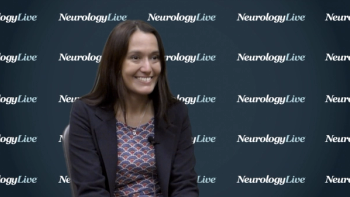
The professor of neurology at the Icahn School of Medicine at Mount Sinai spoke about what’s currently known about medical marijuana’s use, how CBD fits into the conversation, and what research still needs to be done.
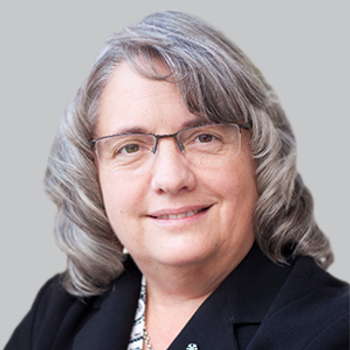
Although the primary end point of centrally video-rated TETRAS Performance Subscale did not achieve statistical significance, CX-8998-treated patients showed significant improvements in a number of other measurements.
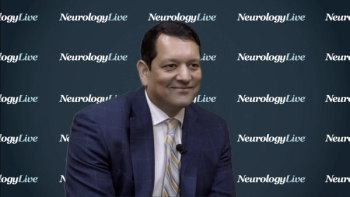
The chief medical officer and head of Research & Development at Ovid Therapeutics spoke about the Visual Analog Scale that the company developed to help better understand the impact that potential treatments have on patients with Fragile X syndrome.
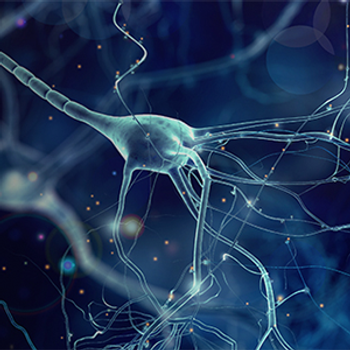
The anti-CGRP drug, which was recently approved for the prevention of migraine in adults, showed significant reductions in weekly cluster headache attack frequency by week 3 in 76% of patients.
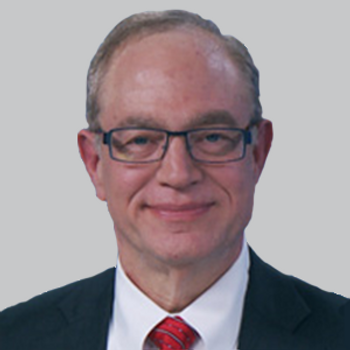
A 75 mg orally dissolving tablet formulation of the calcitonin gene-related peptide receptor antagonist met both co-primary end points of freedom from the patient-indicated most bothersome symptom and freedom from pain at 2 hours.
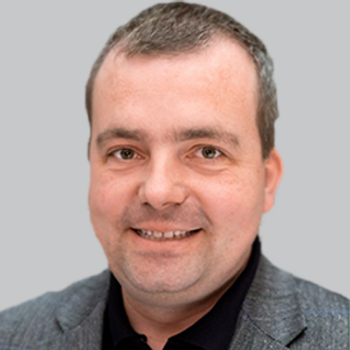
The sphingosine1-phosphate receptor modulator was shown to annualize relapse rates by more than 70% for patients switching from other disease-modifying therapies such as dimethyl fumarate; teriflunomide, and daclizumab.
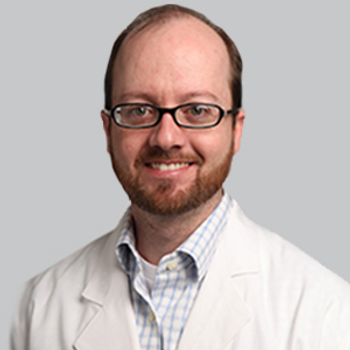
The medical director of neurology and co-director of the Jane and John Justin Neurosciences Center at Cook Children’s Hospital spoke about what CBD has shown in clinical trials and how it could make an impact outside of Lennox-Gastaut and Dravet syndromes.
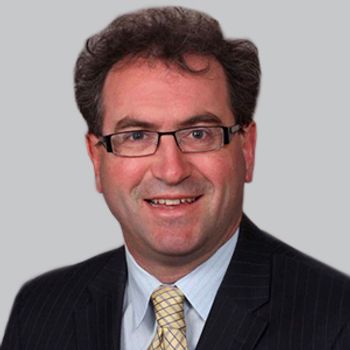
The treatment was efficacious in patients with AQP4-IgG-positive NMOSD, which accounts for nearly three-quarters of the population with the disorder, for which there is currently no approved treatment.
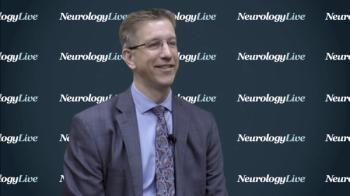
The Cleveland Clinic neurologist explained how the combination of the SDMT and EDSS measurements could improve the phase 3 clinical trial landscape in multiple sclerosis.
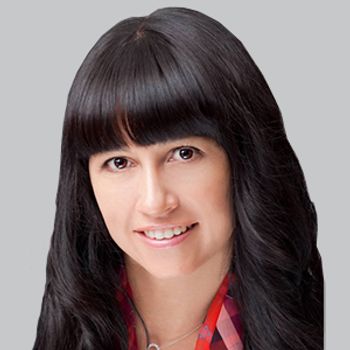
The guideline, which is endorsed by the Child Neurology Society and the European Academy of Neurology, is the first guideline on the topic for US-based clinicians.
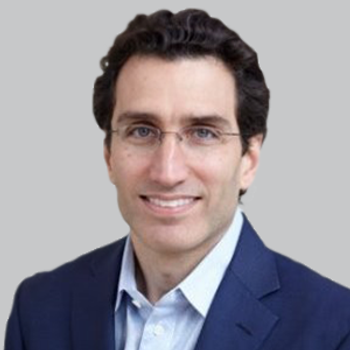
The phase 2 STARS trial was the first time in 50 years that an overall improvement in patients with Angelman syndrome was observed, in this instance with a once-daily dose of gaboxadol, also known as OV101.

The professor of neurology and director of translational research and epilepsy clinical trials at NYU Langone spoke about the results of a phase 2b open-label feasibility study of this novel delivery method for abortive seizure treatment in patients with epilepsy.
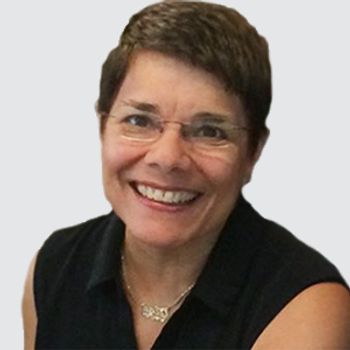
In a pair of phase 2 trials and a phase 1 study, patients with SMA types 1 and 2 treated with the gene therapy displayed a number of motor milestone achievements and a prolonged event-free survival rate.
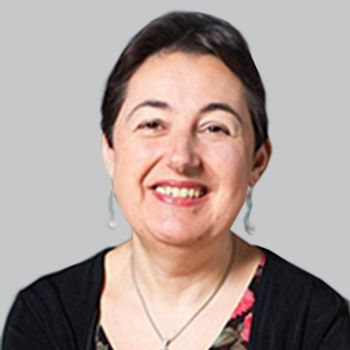
Results from the phase 2b study in 8 patients with predictable seizure patterns demonstrated good feasibility, tolerability, and efficacy, with a 62.5% responder rate.
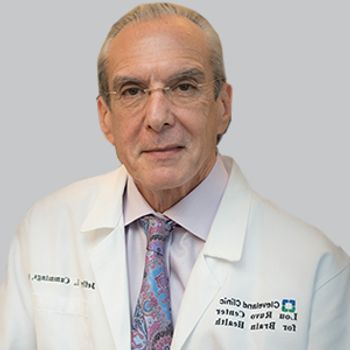
The post hoc analysis pooled data from 3 trials to evaluate the benefits of adding memantine to treatment with cholinesterase inhibitors for patients with moderate to severe Alzheimer disease.
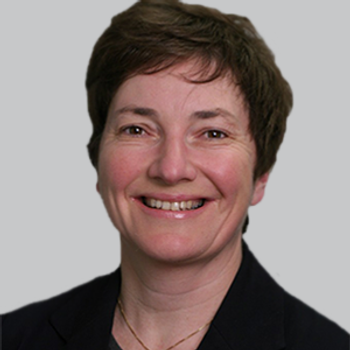
Although animal models and early phase studies suggested some potential for the hypertension medication to slow disability progression in Parkinson disease, a phase 3 assessment showed a lack of treatment effect.
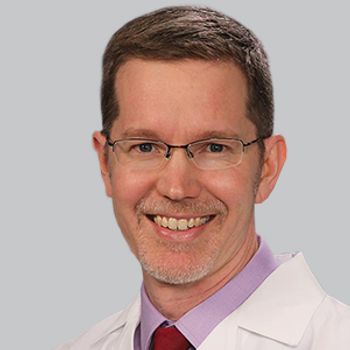
Interim results of the phase 1/2 study show statistically significant reductions in SOD1 protein levels in cerebrospinal fluid, suggesting lower concentrations in the brain and spinal cord, as well.
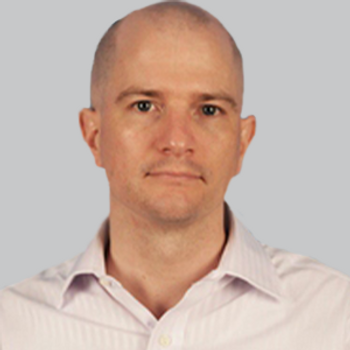
In patients with Dravet syndrome who had discontinued an average of 4 antiepileptics drugs, while taking a mean of 3, cannabidiol reduced the incidence of seizures almost in half in doses of both 10 mg/kg and 20 mg/kg per day.
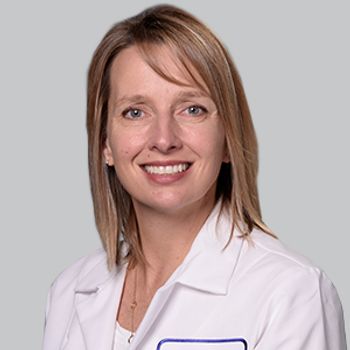
Changes in MS diagnostic criteria and the availability of highly effective DMTs has deemed the risk for postpartum relapse nearly irrelevant for the majority of patients with MS.
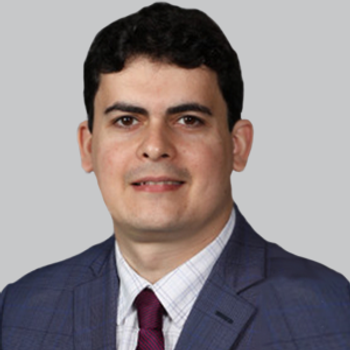
Researchers found that cognitively unimpaired patients with apneas had an average of 4.5% higher levels of tau in the entorhinal cortex than those who did not have apneas, after controlling for several other factors.
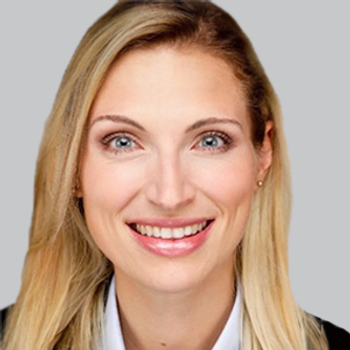
While the overall link is only suggestive, new findings from a preliminary study have implied that there may be a link between sugar-sweetened beverage consumption and a higher disability status in MS.
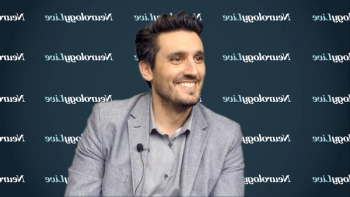
The senior preclinical and clinical imaging scientist at the National Institute of Neurological Disorders and Stroke spoke about the potential of the central vein sign to help improve the time to an accurate diagnosis in MS.

The senior preclinical and clinical imaging scientist at the National Institute of Neurological Disorders and Stroke gave a presentation on a volumetric segmented echo-planar-imaging (3D-EPI) sequence, which could be used to detect novel biomarkers such as the central vein sign rapidly.
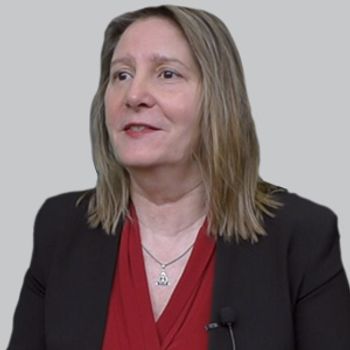
The Professor in UCLA's Department of Neurology and Director of the UCLA MS Program spoke about disease-modifying therapies that would complement anti-inflammatories by targeting neurodegenerative processes.